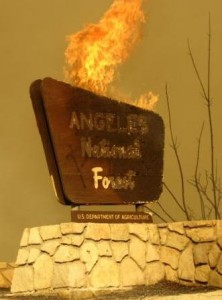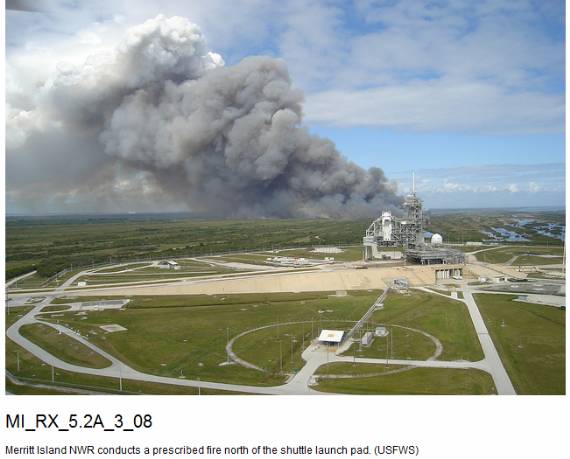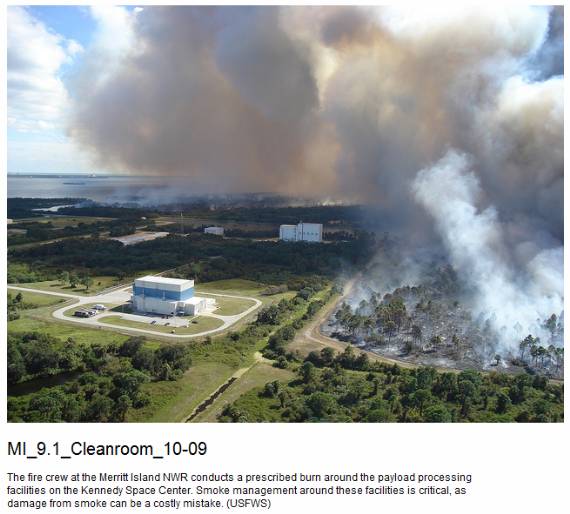In our (almost) annual tradition, we are reminding you how to make a hot toddy.

There really is a beverage called a “hot toddy”. And, except for you folks in the tropics (damn you!), this time of the year a hot drink on a cold night hits the spot.
News and opinion about wildland fire
Yesterday Wildfire Today reported that the Associated Press had obtained a draft copy of the report the Government Accountability Office prepared on the controversies surrounding the Station Fire that killed two firefighters and burned 160,000 acres near Los Angeles in 2009.
Now the GAO has formally released the 80-page report (5.5 MB) along with a one page summary of their findings (80 KB).
The fire seemed more or less controlable until mid-morning on the second day when it exhibited extreme fire behavior and was off to the races.
One of the issues the GAO focused on was the fact that air tankers were requested by the Incident Commander at the end of the first day to be over the fire at 7:00 a.m. the next morning. The request was handled oddly and was delayed, and conflicting information was provided to the GAO from dispatch personnel who processed the order.
There seemed, although it was not explicitly identified, that there was a preference to order U.S. Forest Service air tankers, and a hesitancy to use state aircraft. This may have been due to the USFS memo that was issued a few weeks before the Station fire requiring fire managers to consider using USFS resources rather than state and local fire equipment and personnel in order to save money. The report concluded that USFS air tankers could not have arrived at the fire before approximately 9:00 a.m. on the second day due to the crews having worked on fires into the evening the previous day, and crew rest requirements came into play.
CalFire air tankers were not ordered for the second day and they may have been available, however since there were only three air tankers unassigned that day in California the state may or may not have released them for the Station fire, preferring to hold on to them for initial attack.
The Air Tactical Group Supervisor requested a Very Large Air Tanker three times on the second day and all three requests were denied by the Incident Commander and “an Angeles National Forest fire management official”. The IC and the ANF official disagreed with the ATGS about the potential effectiveness of a VLAT. Or, (but the report does not say this) they were concerned with monetary constraints.
Some other issues addressed in the GAO report include:
The GAO report does not provide much in the way of specific judgments or recommendations. Some of the information they sought was not available in written form, and the agency personnel they interviewed sometimes provided conflicting testimony.
These were two “executive recommendations” made by the GAO:
The official Lessons Learned document issued by the USFS can be found HERE.

On Tuesday U.S. Forest Service Chief Tom Tidwell signed off on a decision that establishes new policies for the use of aerial fire retardant when fighting wildfires on U.S. Forest Service lands. Tidwell chose one of three alternatives in the final Environmental Impact Statement (EIS) that studied the use of retardant and how it affects water resources and certain plant and wildlife species. The new policy puts buffer zones around waterways and habitat for some threatened, endangered, and sensitive species in order to avoid applying retardant in those areas.
This will result in approximately 30 percent of USFS lands being off limits for retardant while fighting fire. There is an exception if human life or public safety is threatened.
The EIS was written in response to a July, 2010 decision by U. S. District Court Judge Donald Molloy in a lawsuit filed in 2008 by the Forest Service Employees for Environmental Ethics. The agency began soliciting public input on the EIS in May of last year.
Now firefighters and Air Tactical Group Supervisors will have roughly 12,000 maps identifying avoidance areas on 98 National Forest System units that identify locations of waterways and areas for hundreds of plant and animal species. Professional liability insurance anyone?
Link to the EIS documents.
Thanks go out to Dick

As we reported on August 6, 2010, the two California U.S. senators and several local House members signed a letter asking the Government Accountability Office to look into the management of the 2009 Station fire that burned 160,000 acres and killed two firefighters near Los Angeles. The Associated Press is reporting today that they have obtained a draft copy of the GAO report. Here is an excerpt from the AP article:
A draft report obtained by The Associated Press discloses conflicting accounts of why an air tanker was not summoned in the early hours of what turned out to be the largest wildfire in Los Angeles County history.
Critics have long said the U.S. Forest Service didn’t bring in enough aircraft and firefighters to quickly snuff the 2009 Station Fire in the Angeles National Forest. A nearby air tanker could have been called in shortly after the fire started, but the supervisor and the pilot provide different reasons why that didn’t happen.
“These decisions may be made with imperfect information and under severe time constraints, relying heavily on the professional judgment of those involved. It is not possible to know with certainty whether different decisions or actions would have resulted in a different outcome for the Station Fire,” the draft U.S. Government Accountability Office report concludes.
[…]
The report says the Forest Service needs to clear up foggy policies that could cause confusion when working with local firefighters.
In spite of the U.S. Forest Service’s November, 2009 report on the Angeles National Forest fire that found nothing to criticize about how the fire was managed in the first 46 hours, and further said that policies and procedures were followed, many knowledgeable former wildland firefighters have accused the USFS of under-staffing the fire during it’s early stages, and attacking the fire on the first night and the morning of the second day with strategy and tactics that were less than aggressive.
USFS releases Lessons Learned Report on Station fire
A few days ago the Wildfire Lessons Learned Center posted a copy of the Station Fire Lessons Learned Report, dated October, 2010, released more than two years after the fire. The two-year delay is probably due to the firefighter fatalities and the allegations of poor decisions made during the first 24 hours of the fire. If the allegations about the less than aggressive tactics, not using night flying helicopters the first night, and a several hour delay in dispatching air tankers the next morning are true, those decisions may have prevented the fire from being contained during the first 24 hours.
Some of the headlines from the Lessons Learned Report are below.
More information on Wildfire Today about the Station fire.
The U.S. Fish and Wildlife service fire management organization frequently posts photos on their flickr page. Here are a few examples.

 There’s more… Continue reading “Photos of USF&WS prescribed fires in the Southeast”
There’s more… Continue reading “Photos of USF&WS prescribed fires in the Southeast”

We all hate paying for something and then not receiving what we paid for. That is what is happening now to taxpayers who pay for government-funded research and then have no access to the findings.
We have ranted about this before, and documented another example a few days ago when we discovered that it will cost us $41 to obtain a copy of the findings from research conducted by the University of Georgia. Associate Professor Luke Naeher and others found that lung function decreases for firefighters who work on prescribed fires for multiple days and are exposed to smoke. Further, it showed that respiratory functions slowly declined over a 10-week season.
This is not the only research that has explored the effects of smoke on wildland firefighters, but it may significantly add to the limited body of knowledge we have on the topic. We won’t know, however, unless we pay a second time in order to see their conclusions.
Researchers at some organizations receive pay raises and promotions based partially on the “publish or perish” meme. A system that requires researchers to publish in journals that are not completely open to the public, is antiquated and has no place in 2011 when a paper can be published in seconds on the internet at little or no cost.
Some of the research that has been conducted on firefighters requires a great deal of cooperation from the firefighters, including for example, ingesting core temperature monitors, carrying a drinking water system that monitors every drink they take, and even lubricating and then inserting a rectal thermistor probe attached to wires.
The Boycott
There is no reason for firefighters to go to extreme lengths to help researchers advance the researcher’s career paths unless the firefighters can receive some benefits from the project. So, we are jumping on the idea proposed by Rileymon in a comment on the University of Georgia article:
Maybe it’s time to suggest that firefighter/research subjects boycott new research studies unless the findings are put into the Public Domain?
Here is what we are proposing:
More information: